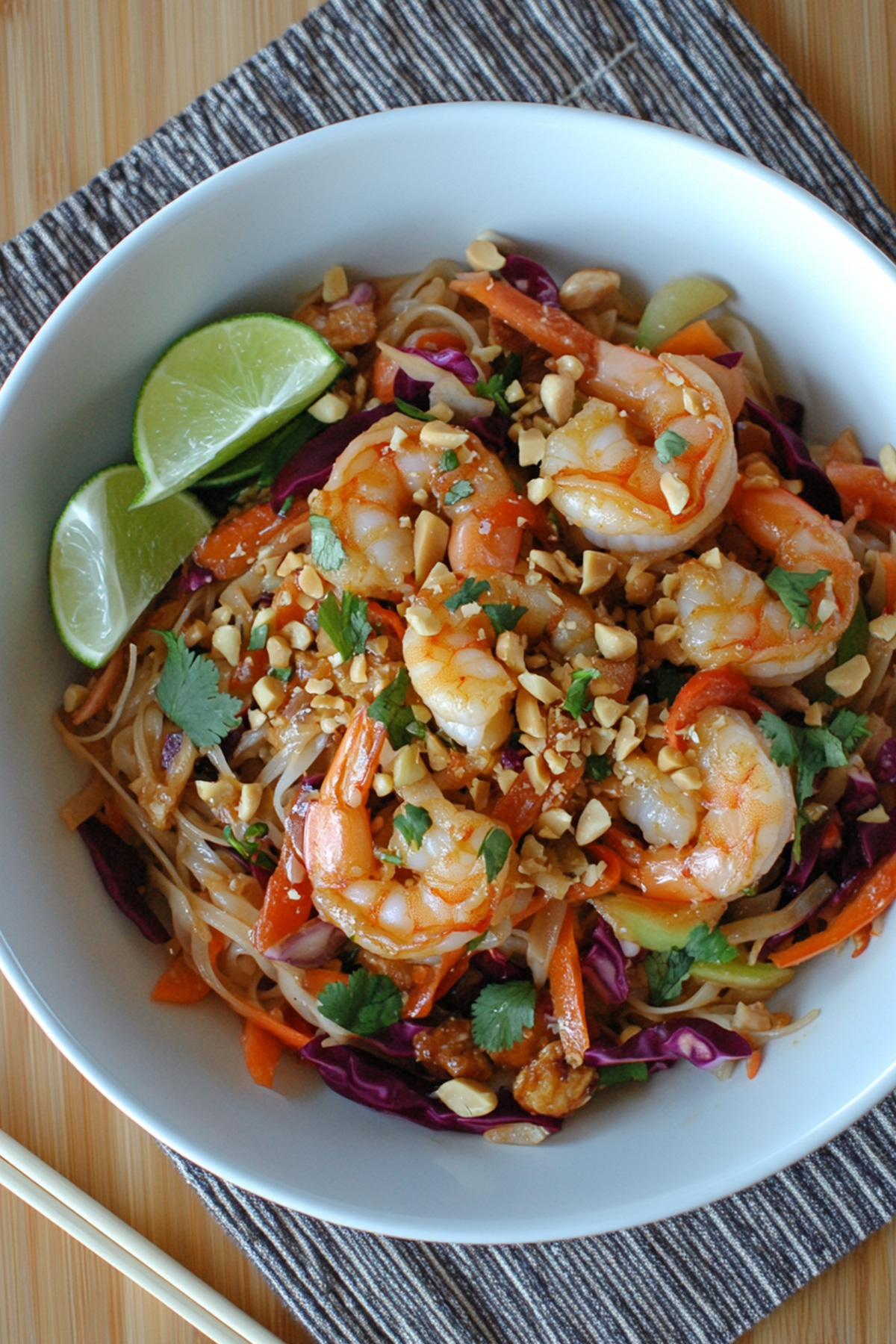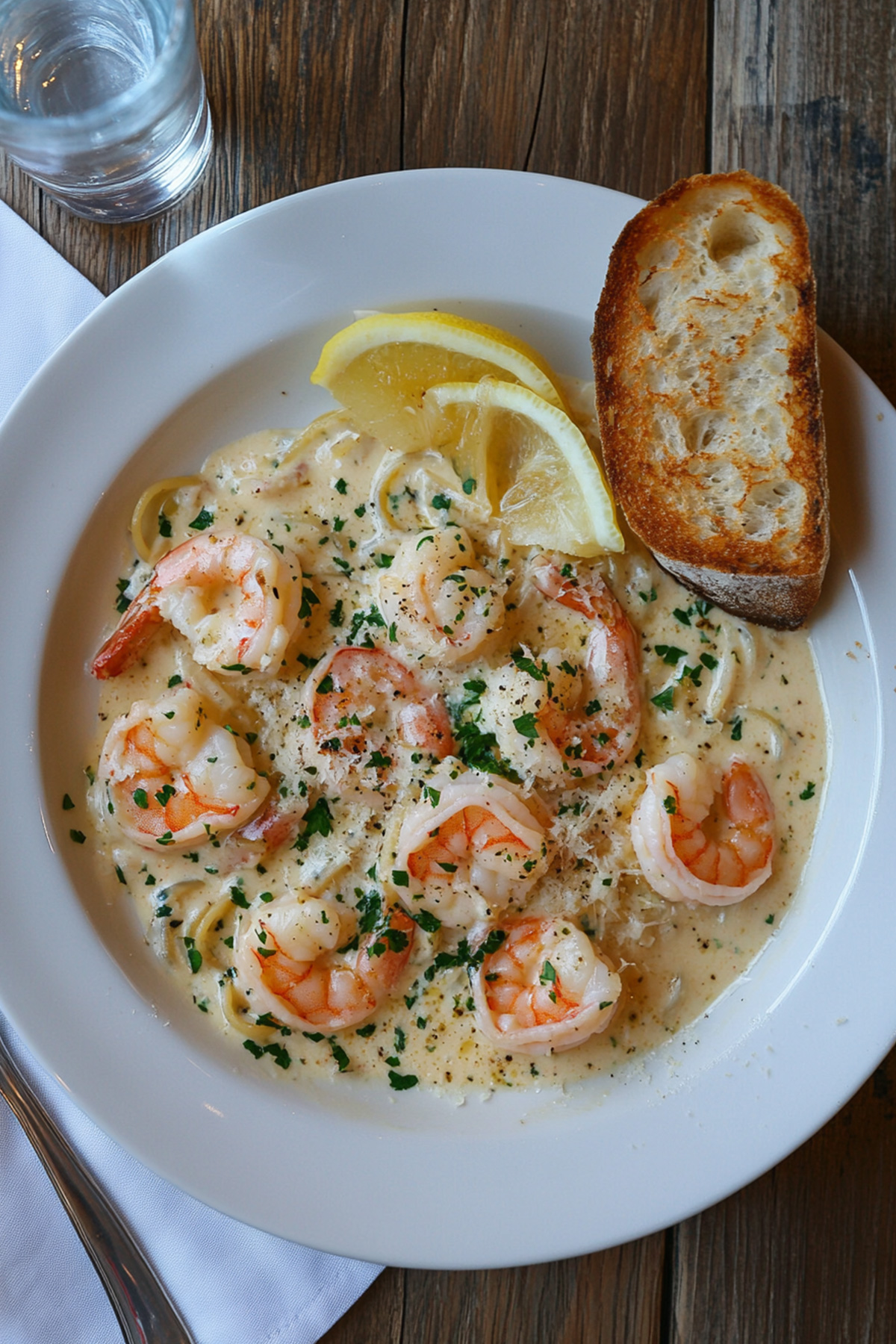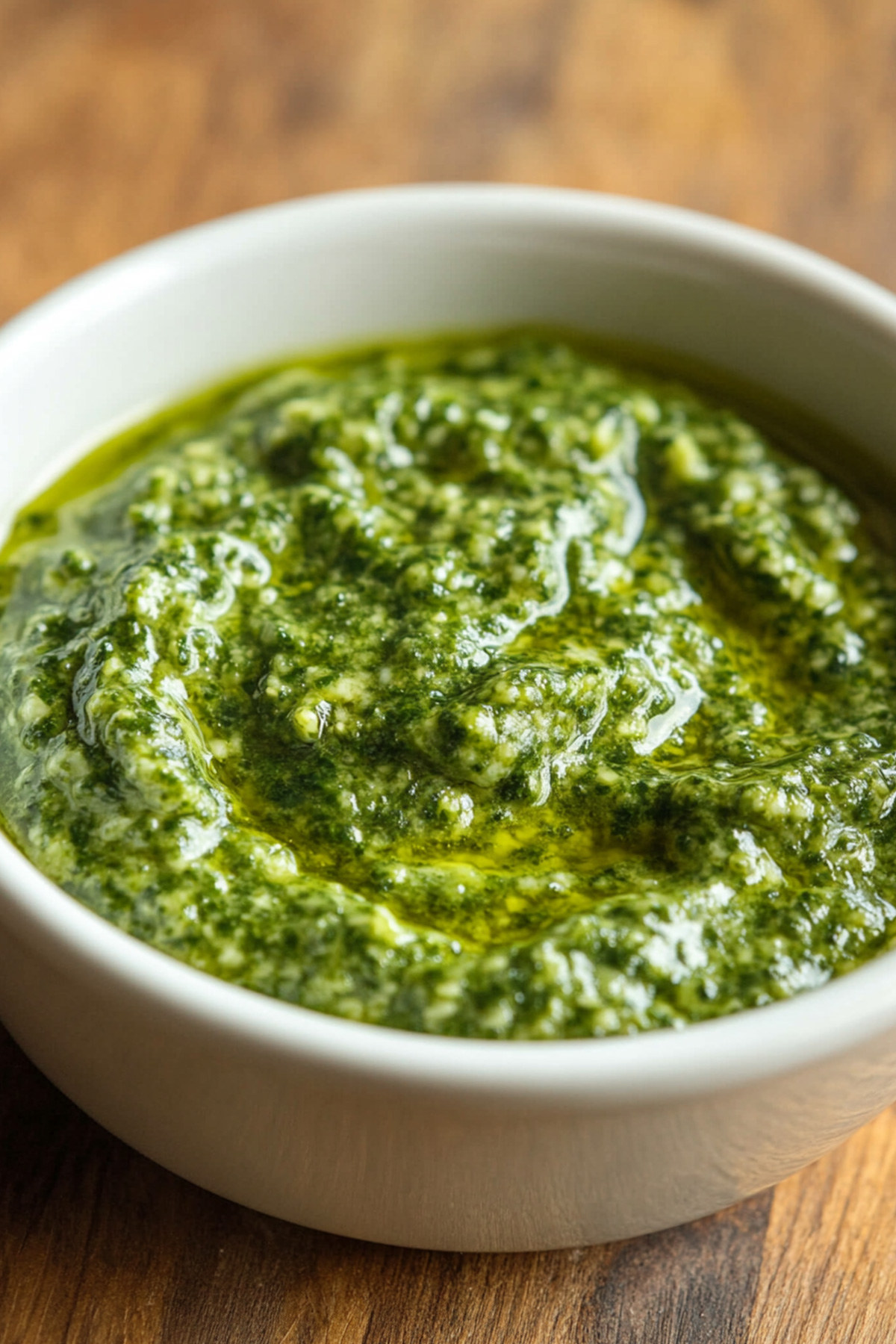Disclosure: As an Amazon Associate and participant in other affiliate programs, we earn from qualifying purchases. We only recommend products we believe will provide value to our readers.
Are you craving a warm, tangy Filipino soup that comforts you with each spoonful? Fish sinigang balances sour and savory flavors perfectly and has become a favorite dish in Filipino homes worldwide. The path to becoming skilled at this fish sinigang recipe begins when you understand its simple yet effective mix of fresh fish, vegetables, and that distinctive sour broth.
The traditional techniques will help you achieve authentic results consistently. This piece walks you through everything – from picking the best fish for sinigang na bangus to creating the perfect tamarind-based broth. These step-by-step instructions will guide you to create a restaurant-quality dish in your kitchen, whether you’re just starting with Filipino cooking or want to improve your sinigang isda.
Table of Contents
What is Fish Sinigang?
Fish sinigang stands out as a light yet flavorful soup that captures Filipino comfort food’s essence. This beloved dish combines tender fish in a distinctive sour broth. Tamarind traditionally gives the broth its tang, though some cooks use green mangoes or guava instead.
A typical fish sinigang recipe includes these fresh vegetables:
- Okra.
- Taro.
- Radish.
- Kangkong (water spinach).
- Eggplant.
- Tomatoes.
- Green chili peppers.
Sinigang na isda’s versatility makes it special. The dish works well with fish of all types, from salmon to tilapia, each adding its own character. Simmered tomatoes and onions create the broth’s base, resulting in a light soup that keeps people fed and boosts their appetite.
Many home cooks add miso to their fish sinigang soup for extra depth. Others prefer fish sauce on the side. This dish brings the perfect balance of sour and savory flavors that Filipino cuisine is known for, whether served at family dinners or special occasions.
Why Fish Sinigang is a Must-Try Dish
Fish sinigang offers remarkable health benefits beyond its delightful taste. This Filipino favorite packs more nutritional value than a typical soup recipe. A bowl of this dish provides wellness benefits:
- Tamarind delivers immune-boosting Vitamin C.
- Protein-rich ingredients provide sustained energy.
- Fiber content helps digestion.
- Natural anti-inflammatory properties.
- Calcium-rich preparation, especially with fish bones.
Your fish sinigang recipe stands out because of its incredible versatility. Traditional recipes use milkfish (bangus), but you can try salmon, tuna, or local fish varieties like maya maya and lapu lapu. The signature sour taste comes from tamarind, and you can create exciting variations with lemons, pineapples, or watermelons as souring agents.
Sinigang isda serves more than just nourishment. This dish helps curb common health issues in many communities. Studies show it benefits people who manage diabetes, making it both delicious and therapeutic. A bowl of sinigang na bangus carries centuries of Filipino culinary wisdom and healing traditions that you can share with family and guests.
Choosing the Right Fish for Sinigang
The right fish selection can transform your sinigang recipe into an unforgettable dish. You have several excellent options, and each fish type adds its distinct qualities to your soup.
These fish varieties work best in your sinigang na isda:
- Pompano – A prime choice with abundant meat and few bones, without any scales to remove.
- Salmon head – A favorite that creates rich broth with its meaty portions.
- Bangus (milkfish) – A classic option that tastes better with pre-marination.
- Red Snapper – Features solid, white meat that maintains its texture in sour broth.
- Tilapia – An affordable choice that’s accessible to more people.
Fresh fish pieces should have bright eyes and firm flesh. Beginners to fish sinigang should try pompano or tilapia because they’re less challenging to prepare. Bangus delivers that authentic Filipino flavor you want to achieve.
The fish’s size plays a crucial role. Larger cuts like salmon head need extra cooking time but produce deeper flavors. Medium-sized pieces cook faster and still deliver that classic sinigang taste you enjoy.
Tools and Equipment Needed for Cooking Fish Sinigang
Ready to prepare your fish sinigang recipe? The kitchen needs proper tools before you start cooking your sinigang na isda. You’ll need specific items for both preparation and cooking.
The preparation tools you need include:
- 2 large bowls (for washing and marinating).
- 2 medium bowls (for ingredients).
- Sharp knife and cutting board.
- Measuring cups and spoons.
- Splatter screen (for frying fish).
Your cooking equipment must have:
- Deep, wide pot – This is significant for proper soup development.
- Pot cover – The liquid boils faster.
- Soup ladle – Stirring and serving become easier.
- Large pan – Perfect if you pre-fry the fish.
A slow cooker makes an excellent alternative if time runs short. The cooking vessel’s size should fit both fish and vegetables with enough room. Your sinigang isda’s success depends on quality ingredients and proper tools for each cooking step.
A splatter screen protects you from hot oil and keeps the stovetop clean during fish frying. These tools will help you create a delicious fish sinigang soup!

Fish Sinigang Recipe
- Total Time: 45 minutes
Description
A traditional Filipino sour soup (sinigang) made with fish and an array of fresh vegetables including daikon, tomatoes, eggplant, okra, and spinach. The dish gets its signature tangy flavor from tamarind-based Sinigang mix and is seasoned with fish sauce and black pepper. The ingredients are added in stages to ensure proper cooking, resulting in a comforting, sour-savory soup with tender fish and perfectly cooked vegetables.
Ingredients
- 2 lbs fish (cleaned and cut into slices)
- 40g Knorr Sinigang sa Sampaloc Mix
- 2 tomatoes (cut into cubes)
- 1 cup daikon radish (sliced)
- 1 medium onion (cut into wedges)
- 3 cups fresh spinach
- 10 okra pods
- 2 eggplants (sliced)
- 2 long green peppers
- 2 quarts water
- Fish sauce and ground black pepper (adjust to taste)
Instructions
- Start by seasoning your fish slices with salt and let them rest 15 minutes.
- Get your pot nice and hot, then bring water to a boil. Add your tomatoes, onion, and radish that will simmer 5 minutes.
- The Sinigang sa Sampaloc Mix goes in next – give everything a good stir.
- Your fish needs to go into the pot gently. Once it boils, lower the heat to medium-low and cook 7 minutes.
- Time for the eggplant and long green peppers to join in. They need 3 minutes to cook.
- The okra goes next – let it cook 3-5 minutes.
- Now’s the time to make it perfect – add ground black pepper and fish sauce until it matches your taste.
- The fresh spinach is your final touch. Let it cook just 1-2 minutes until it wilts.
Your sinigang na isda is ready to make everyone happy! Ladle this steaming goodness into bowls, making sure each serving has plenty of fish, vegetables, and that amazing broth.
- Prep Time: 20 minutes
- Cook Time: 25 minutes
- Category: Seafood
- Method: Steaming
- Cuisine: Asian
Preparing Fish Sinigang: Tips for Best Results
Let’s become skilled at techniques that will raise your fish sinigang recipe to the next level! Here’s a pro tip most home cooks miss: pre-frying fish can boost the flavor of your sinigang na isda significantly.
These essential steps will give you the best results:
- Rub salt all over your fish and let it rest for 15 minutes.
- Get your oil properly hot before frying.
- A splatter screen keeps your kitchen clean.
- Achieve golden brown color on both sides.
- The fish needs 7-8 minutes to cook in the broth at low to medium heat.
The timing makes all the difference as you build flavors in your fish sinigang soup. Your vegetables need strategic addition – start with harder ones like radish, then add medium-textured ones like eggplant, and finish with quick-cooking greens like spinach.
Your sinigang isda can become even more special with a few tweaks. Mushrooms add extra umami depth, and coconut milk creates a creamy twist. Note that coconut milk needs low heat and steady simmering to prevent curdling.
Different souring agents can create exciting flavor variations. Tamarind might be traditional, but green mangoes, santol, or watermelon can give this classic dish a unique twist.
Mastering the Broth: Tips for a Flavorful Base
Becoming skilled at your broth-making technique is crucial to create an outstanding fish sinigang. Many cooks rely on powdered mixes, but making your broth from scratch will give a more authentic flavor that’s worth the extra time.
Your foolproof sequence to build a flavorful base looks like this:
- Start with aromatics (garlic and onions)
- Add fresh tomatoes and let them break down
- Pour in water and bring to a gentle simmer
- Introduce your tamarind paste
- Season with fish sauce to taste
A game-changing tip awaits: The key is not to stir right after adding fish to the broth. This simple approach keeps your sinigang na isda from developing an overly fishy taste. The fish should simmer undisturbed for a few minutes before you gently move the ingredients.
The sautéing method creates a deeper, more flavorful fish sinigang soup compared to simple boiling. The process begins with cooking aromatics until fragrant and then building your broth. This extra step creates complex flavors that will have your family asking for seconds.
Note that skimming off any scum from the surface during cooking will give a clear and clean-tasting broth. Boneless fish works best with good-quality stock instead of plain water to improve the overall flavor.
You may like: Apollo Fish Recipe in 4 Easy Steps
How to Avoid Common Mistakes in Fish Sinigang
Everyone makes mistakes while preparing fish sinigang. Learning to avoid common errors will help you make the perfect dish. Let’s look at the most common pitfalls and ways to avoid them.
These are the top mistakes you should watch out for when cooking your sinigang na isda:
- Starting with Poor Quality Fish: Pick fish that has clear eyes and shiny skin. To name just one example, see flash-frozen filets – they often maintain better quality than ice-packed options.
- Skipping the Drying Step: Your fish needs proper drying with paper towels before cooking. This step prevents mushiness and creates that perfect texture in your fish sinigang soup.
- Incorrect Seasoning Timing: The fish should be 80% cooked before you add salt. This technique prevents moisture loss and will give a perfectly seasoned dish.
- Stirring Too Soon: The boiling broth needs time to work its magic. Don’t stir right after adding fish to your sinigang isda. A few minutes of undisturbed simmering prevents an overly fishy taste.
- Overcooking the Fish: You want to reach an internal temperature of 145°F (63°C). The flesh should stay opaque but moist. Most fish varieties need 3-5 minutes per side for pan-frying, or about 10 minutes in the broth.
Your fish sinigang recipe turns out best with patience and attention to detail. Keep steady heat and let the fish cook without constant checking or flipping.
Flavor Variations for Fish Sinigang
Let’s find exciting ways to add your personal touch to the classic fish sinigang recipe! Traditional recipes taste great, but new variations might become your favorite way to cook this Filipino dish.
Your sinigang na isda can reach new heights with these popular twists:
- Sinigang sa Miso – Japanese miso paste creates a rich, umami-packed broth that enhances the fish’s flavor.
- Sinigang sa Mangga – Unripe mangoes offer a unique sourness that replaces tamarind.
- Environmentally Responsible Version – Sustainable options like tilapia, mackerel, or milkfish work great.
- Plant-Based Alternative – Tofu makes an excellent substitute to create a vegetarian version.
Ready to make your fish sinigang soup more adventurous? Think over using different souring agents beyond traditional tamarind. Kalamansi juice or a mix of citrus fruits can give your dish a modern twist.
Complex flavors come alive when you start with sautéed garlic – a chef’s technique that adds depth to your sinigang isda. Note that these variations work well with salmon, tilapia, or any other fish while keeping the dish’s soul-warming comfort intact.
Read also: The Ultimate Fish Burrito Recipe
Nutritional Benefits of Fish Sinigang
Your bowl of fish sinigang delivers more than just amazing flavors – it’s a nutritional powerhouse that brings numerous health benefits! A hearty 3-cup serving of this Filipino favorite contains 457 calories, which makes it an excellent choice for your main meal.
Each bowl of sinigang na isda gives you:
- High-quality protein (33g) for muscle maintenance
- Heart-healthy fats (31g) with minimal saturated fat
- Dietary fiber (3.6g) for digestive health
- Essential minerals including potassium (877.4mg)
- Important vitamins including B-complex and Vitamin C
Your fish sinigang recipe’s tamarind-based broth packs excellent nutritional value, especially when you have its vitamin B and C content. These nutrients boost your immune system and help maintain steady energy levels throughout the day.
The balanced nutritional profile makes your sinigang isda stand out. The perfect ratio of 51% carbs, 16% fat, and 33% protein creates an ideal choice for a balanced diet. People managing diabetes can benefit from this dish because its fiber-rich vegetables and protein content help regulate blood sugar levels.
Serving and Pairing Fish Sinigang
Make your perfectly cooked fish sinigang an impressive dining experience through thoughtful presentation and pairing. This Filipino favorite shines when you pay attention to the details of arrangement and complementary elements.
Wide soup bowls work best to serve your sinigang na isda. Each bowl should have plenty of fish, vegetables, and the flavorful broth you created. Let the dish stay steaming hot and its wonderful aroma will fill the room.
Here’s how to raise your fish sinigang dining experience:
- Serve with steaming hot jasmine rice on the side.
- Provide small dishes of additional fish sauce to customize taste.
- Garnish with fresh cilantro or green onions.
- Include lime wedges to add extra tang if desired.
- Set out small bowls for bones.
Your fish sinigang recipe adapts well to any occasion, whether it’s a casual family dinner or an elegant party. The vibrant vegetables and fragrant broth create a stunning centerpiece on your table. Many guests love extra broth with more rice, so keep some on the side. This makes the meal a truly satisfying comfort food experience.
Tips for Storing and Reheating Fish Sinigang
Your leftover fish sinigang will stay delicious for several days with proper storage and reheating techniques. The soup should cool to room temperature before you transfer it to an airtight container. At the time it is stored in your refrigerator, your sinigang na isda will remain fresh up to one week.
These simple steps will give you the best results while reheating:
- Strain the solid ingredients (fish and vegetables) from the broth
- Heat the broth separately until it reaches a rolling boil
- Add back the strained ingredients
- Gently stir and heat for 30-60 seconds
Your fish sinigang might have spoiled if you notice these signs:
- Small, foamy bubbles form on top.
- The texture becomes slimy after reheating.
- An unusual odor develops despite the natural sourness.
A pro tip to freeze your sinigang isda: The broth and fish should be separated from the vegetables. The broth and fish freeze well, but vegetables become mushy after thawing. You can prepare fresh vegetables while reheating the frozen portions to enjoy your soup again.
Your fish sinigang recipe develops deeper flavors in the broth overnight. Just avoid overheating the soup as this makes the fish too tender and breaks down the vegetables.
Read also: How to Bake Frozen Fish
Frequently Asked Questions About Fish Sinigang
Curious about making the perfect fish sinigang? Let’s tackle the questions most home cooks ask about this beloved Filipino dish!
Can I use frozen fish for sinigang?
You can definitely use frozen fish! Fresh fish gives traditional results, but frozen works great too. Just thaw it completely and pat it dry before you start cooking.
What’s the best souring agent for authentic taste?
Tamarind paste creates that traditional flavor, but you have several options to try:
– Fresh tamarind pulp (most authentic)
– Packaged sinigang mix (convenient option)
– Green mangoes (unique variation)
How long should I cook the vegetables?
You’ll get the best results by adding vegetables in stages. Hardy vegetables like daikon and eggplant need 5-8 minutes. Quick-cooking greens like spinach only need 2-3 minutes at the end.
Why isn’t my broth sour enough?
When you use tamarind paste, soak it in hot water and strain it well to extract all the flavor. You can add more tamarind while cooking until you get the right level of sourness.
Can I make a healthier version?
Fresh tamarind instead of packaged mixes cuts down on sodium. You might want to add extra vegetables or swap fish with tofu to create a plant-based version.
Your sinigang na isda should match your taste priorities, so feel free to adjust the recipe while keeping its authentic character intact.
Final Thoughts on Enjoying Homemade Fish Sinigang
Filipino culinary excellence shines through fish sinigang that gives home cooks plenty of room to experiment. Fresh fish and crisp vegetables blend perfectly with the signature sour broth. This harmonious dish works beautifully with different ingredients and cooking methods. You can adjust the flavors based on your priorities while mastering the core techniques.
This cherished soup goes beyond simple comfort food. It packs substantial nutrition and holds its place as a cultural cornerstone of Filipino cuisine. The protein-rich fish combines with fiber-packed vegetables and a vitamin-rich broth. These elements make sinigang perfect for both daily meals and special occasions. The right techniques and storage knowledge will help you create this classic dish that will become a staple in your kitchen.













